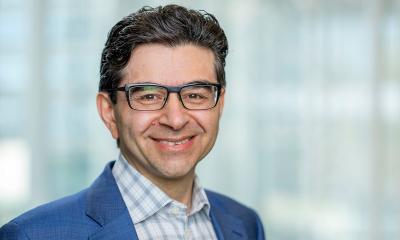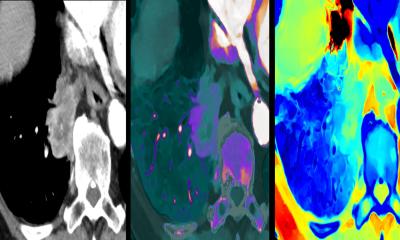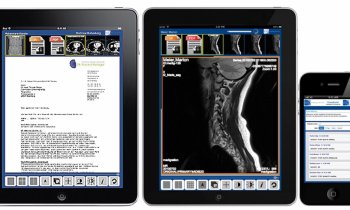Reports from the field
End user presentations at the Philips partner event provided insight into industrial grade speech recognition deployments in hospitals.
Norway
SpeechMagic saves Norway‘s Sykehuset Telemark HF (STHF) hospital almost Euro 900,000 annually, money that is invested in better patient care. The hospital even trains medical students in speech recognition-based reporting at the world’s first academic SpeechMagic training centre.
Before speech recognition, turnaround time for medical reports could be somewhere between one and thirty days. However, Norway’s Health Ministry demands that 80% of the discharge summaries are sent to the general practitioner (GP) within seven days of a patient’s release from hospital. Something had to change. ‘Before speech recognition we could meet the seven-day deadline in less than 65% of the cases, now it is over 90%’, said Espen Behring, speech recognition project manager. ‘There are only very few hospitals in Norway that can show such figures.’
Norway is seen as one of the most advanced countries in the world in terms of implementing technology to increase the efficiency of healthcare processes. In recent years, a number of highly successful speech recognition projects have triggered new installations throughout the country – with hospitals from all over Scandinavia looking at Norway for efficient healthcare documentation – powered by SpeechMagic.
United Kingdom
Aberdeen Royal Infirmary in Scotland has implemented SpeechMagic for 65 radiologists, in what is considered to be one of Britain’s largest deployments of front-end radiology speech recognition. Featuring an HL7 interface, the system seamlessly integrates with the Radiology Information System, allowing the radiologists to achieve same-day reports turnaround.
In her presentation, lead radiologist Dr Olive Robb, of the Aberdeen Royal Infirmary, raised the question of whether healthcare facilities can still afford to work without speech recognition. ‘We certainly can’t and wouldn’t want to,’ she responded.
Today, doctors scan the barcode from a patient’s patient record into the RIS, which automatically pulls up the corresponding patient data and adds it to the report. The patient history can be accessed from the dictation screen – a powerful feature allowing physicians to compare and check their results against previous findings. The dictated report is immediately displayed onscreen to let users move easily back and forth within a document. For standard findings they can even use predefined text blocks, which are inserted by voice commands. The report is available for correction and validation the moment the doctor presses the stop button on the recording microphone.
‘Physicians no longer have to wait for reports to return from the transcription department, verify them (sometimes weeks after the consultation) and, in between, answer phone calls about unfinished reports,’ Dr Robb said. ‘We were completely surprised by the lack of difficulties with the implementation and acceptance of our new speech recognition system. The technology has reached a level that allows doctors the full responsibility of report creation.’
USA
The Children’s Hospital Boston, MA, with a total transcription volume of 14 million lines annually, implemented speech recognition by following the Six Sigma method. This has led to faster report availability and significant cost savings: 91% of reports are produced in less than one day, productivity increased by 33% and work sent to overflow vendors reduced by 28%. The hospital expects a cost-saving potential of US$16,500 per month, according to Mary Radley, director of Medical Record Services from the Children’s Hospital.
Canada
Dr Steven Rosenthal, associate director of the emergency department and director of Medical Informatics at the Montreal Jewish General Hospital, presented a wireless speech recognition installation with PDAs. ‘The documentation process has improved amazingly,’ he said. Physicians can now access up-to-date patient information and dictate their reports on their PDAs. Completed dictations are immediately streamed to the speech recognition server and, prior to the physician leaving at the end of their shift, final reports are available.
(New case studies are also available at www.philips.com/speechrecognition)
30.10.2007











